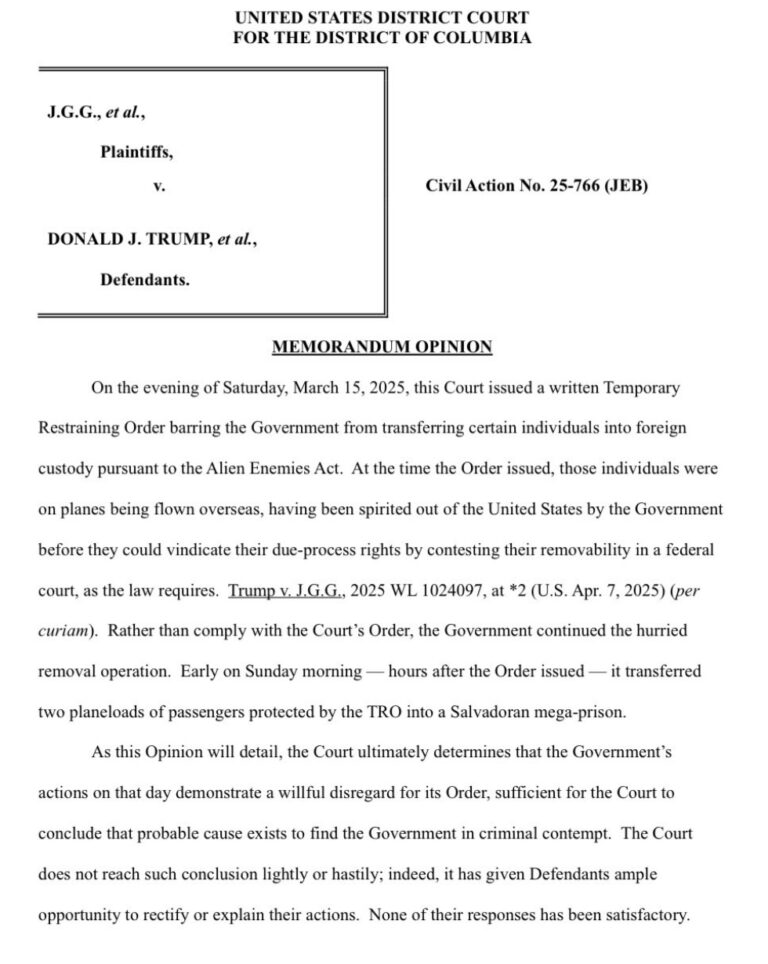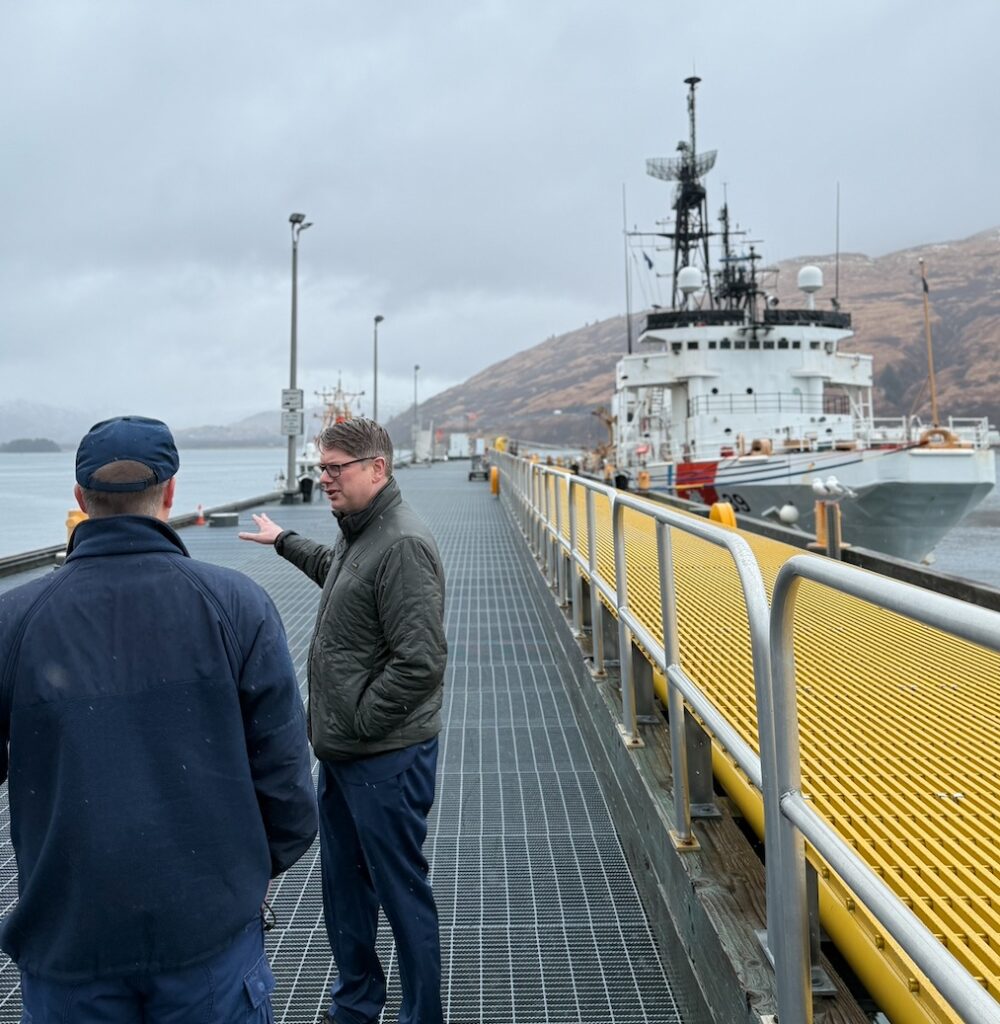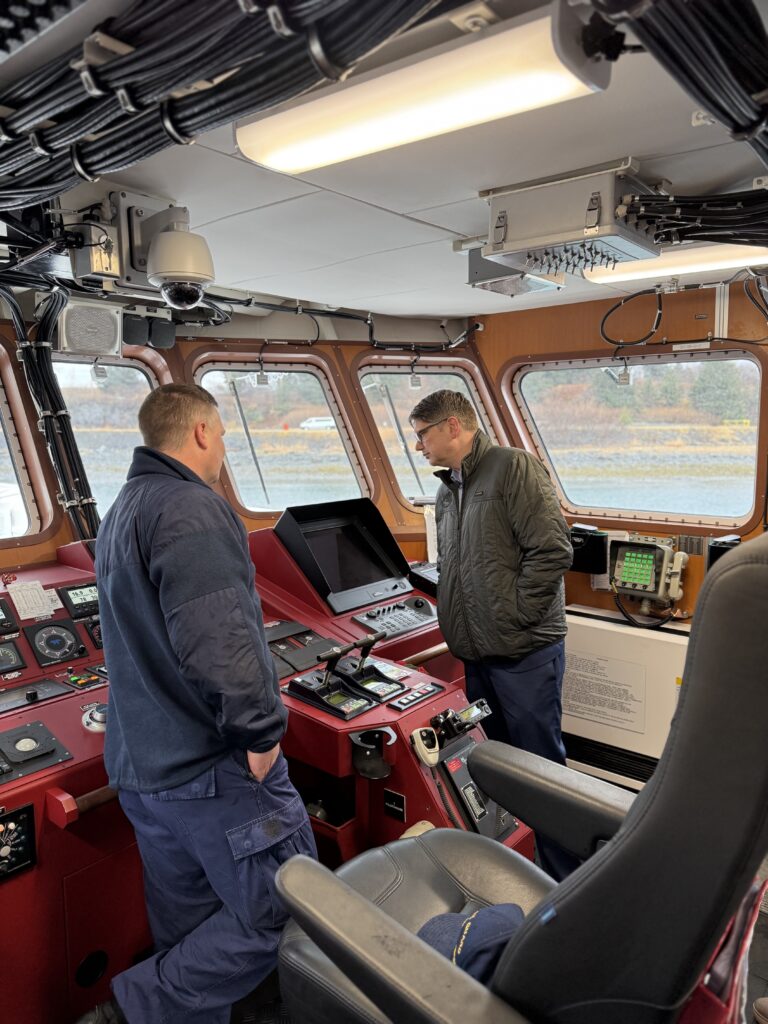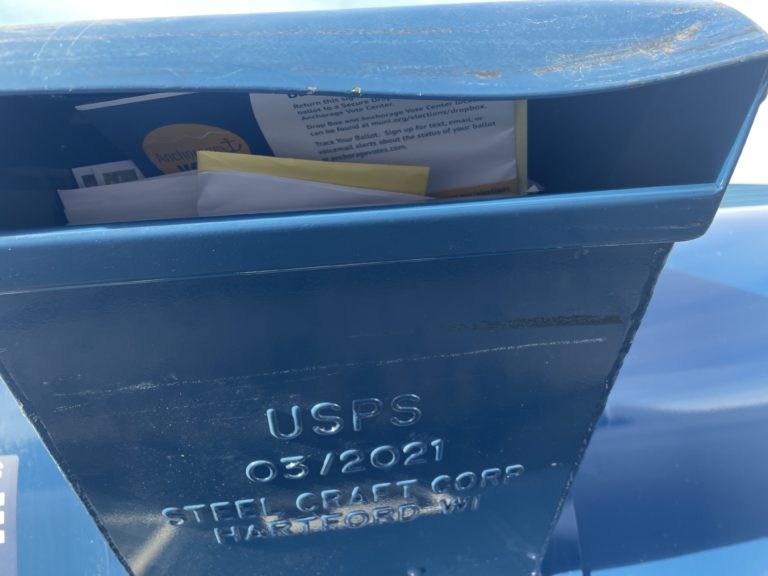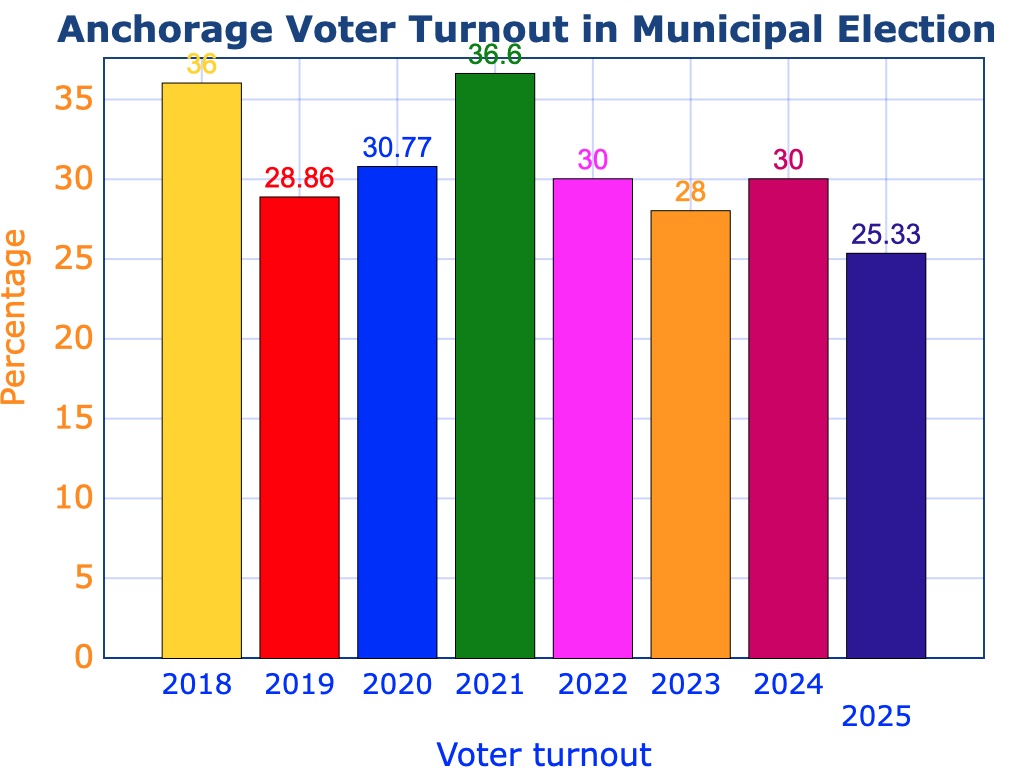By WIN GRUENING
The right of the citizenry to directly petition their government is often seen primarily as a way for d groups to air their grievances, potentially shift public opinion, and eventually enact ballot initiatives or referenda to achieve their goals.
We have seen this play out in Juneau recently with the third attempt to limit cruise traffic in the borough. The petition, filed by individuals involved in two previous unsuccessful efforts, would cap total annual cruise passengers at 1.5 million, and require ships with capacity for 250 or more passengers to only visit Juneau between May and September.
The cruise industry, contrary to claims by its detractors, has largely policed itself. It has negotiated limits on ships, passengers, and use of public facilities. Most residents realize the economic value cruise visitors bring to our community and the financial support it provides to many critical city services.
Whether such an initiative, if passed, would survive legal scrutiny and expected court challenges remains to be seen. Despite the persistence of its sponsorship minority, it is doubtful this tactic will succeed.
On the other hand, even the majority finds the right to petition useful when government seems oblivious to citizens’ concerns.
Despite the economic benefit provided by tourism, community affordability has continued to erode as the City and Borough of Juneau (CBJ) Assembly has funded large projects and programs that have no economic justification, and in some cases, have been rejected by voters. As a result, necessary public services have become more costly, and, as property assessments increase with no corresponding decrease in millage rates, taxes continue to rise, making housing and the cost of living more expensive.
For that reason, a group of concerned citizens, calling themselves the Affordable Juneau Coalition, has filed a set of three initiatives designed to rein in Assembly spending and make Juneau more affordable. The three initiatives filed last week were:
- An initiative setting a property tax rate cap of nine mills (the current limit is 12, not including debt service). The existing basic mill rate is 8.96 plus 1.08 mills for debt service equaling a total of 10.04. Therefore, this initiative would cap the total rate at 10.08 today.
- An initiative exempting “essential food” and residential utilities from local sales taxes, which currently total 5%. This has been suggested by various Assembly members over the years but has never been enacted due to city leaders’ unwillingness to seek offsetting revenues or trim expenses.
- A charter amendment reversing an existing ordinance “requiring that mail-in voting take priority over in-person voting.” Instead, if approved, the amendment would require all local elections to be poll-based.
These three petitions deserve thoughtful consideration. Unlike the anti-cruise petitions, these have been researched and carefully worded to avoid potential legal issues. Sponsors submitted drafts to the city attorney to ensure compliance with the city charter and existing statute before submittal.
However, one of them stands out among the three.
When the Juneau Assembly ditched a tried-and-true voting system without the barest semblance of community input or approval, they mandated an arrangement that robbed CBJ voters of the opportunity to come together in their neighborhood precincts to participate collectively in democracy.
The CBJ Assembly insists that vote-by-mail makes voting more convenient, guarantees that every vote is counted, and increases voter turnout.
Regrettably, that hasn’t been borne out by the facts. Vote-by-mail has not increased Juneau’s voter turnout, isn’t more convenient, is wasteful, more expensive, has a higher invalidation rate, and is susceptible to voter fraud.
This has been obvious since inception, but the CBJ Assembly has ignored the facts and declined to offer voters a choice or conduct a formal study to determine the efficacy of vote-by-mail. Like the other two initiatives, this initiative would simplify government policy, make it fairer, and help reduce government waste and unnecessary spending, thereby making Juneau more affordable.
Equally as important, vote-by-mail fails even the most basic test of promoting civic engagement as it trivializes and complicates the voting process and makes it less transparent.
Our statewide elections have suffered a similar fate because of the deleterious effects of Ranked Choice Voting (RCV). A proliferation of spoiled and uncounted ballots and endless delays in an opaque vote counting method have led to voter confusion and distrust. Election day has turned into “election months” and have discouraged voter participation.
Just like Juneau’s vote-by-mail scheme, RCV has not delivered on its sponsors’ promises. Negative campaigning, polarization, and “dark money” have continued to plague our statewide elections.
After falling short by a few hundred votes in a campaign to repeal RCV in 2024, Alaskan voters have once again renewed the effort to place it on the ballot in 2026. Signature gathering has begun and will continue until the requisite 35,000 signatures are reached.
The right to petition is a fundamental aspect of the First Amendment and a cornerstone of American democracy, empowering citizens to seek change and hold their government accountable.
Sometimes, as ordinary citizens, we don’t realize how important this right is.
If voters believe they deserve to vote on these matters, they should sign these petitions and then make an informed choice on election day.
After retiring as the senior vice president in charge of business banking for Key Bank in Alaska, Win Gruening became a regular opinion page columnist for the Juneau Empire. He was born and raised in Juneau and graduated from the U.S. Air Force Academy in 1970. He is involved in various local and statewide organizations.


